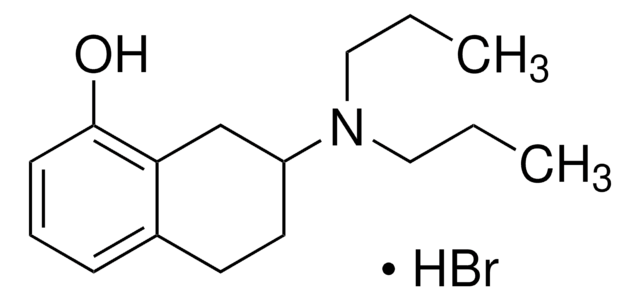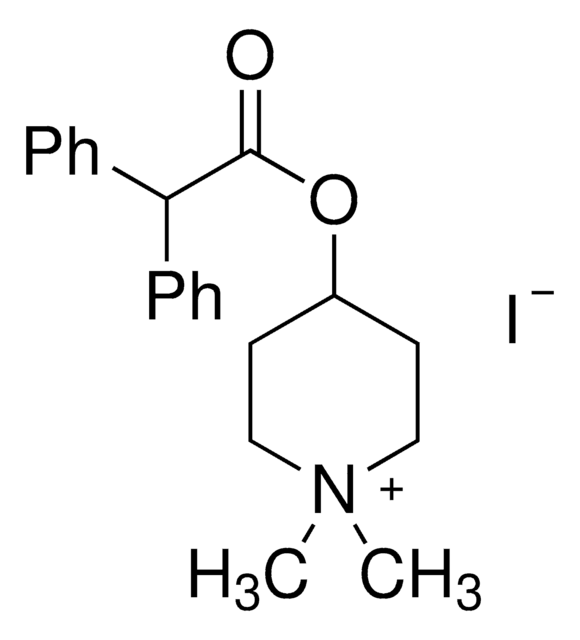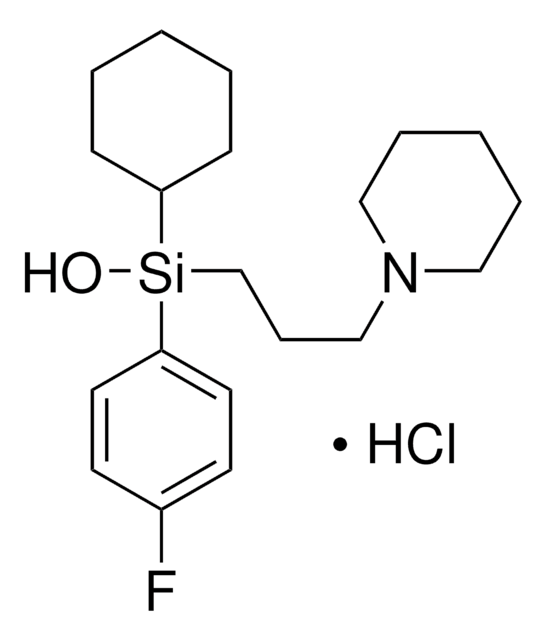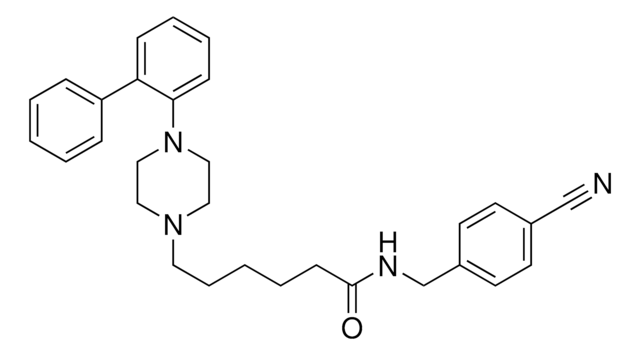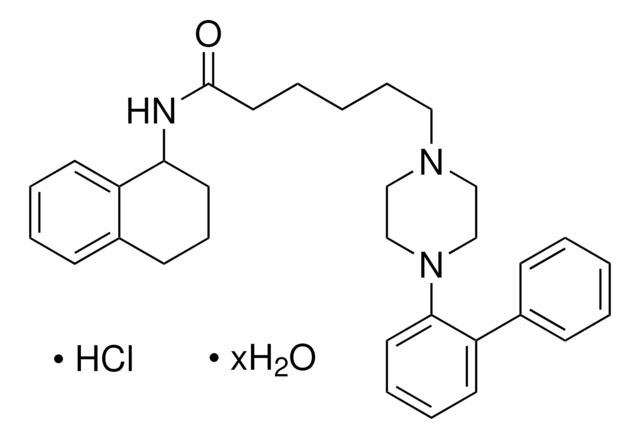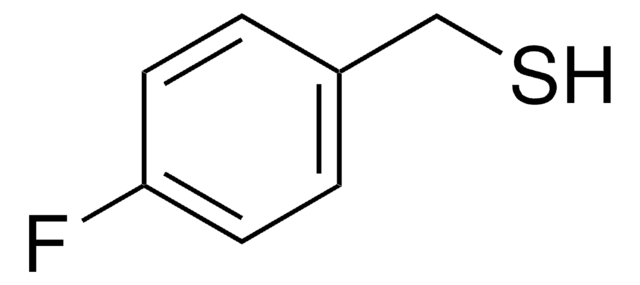SML0435
AF-DX 116
≥98% (HPLC)
Synonym(s):
11-[[2-[(Diethylamino)methyl]-1-piperidinyl]acetyl]-5,1 1-dihydro-6H-pyrido[2,3-b][1,4]benzodiazepin-6-one, Otenzepad
Select a Size
Select a Size
About This Item
Recommended Products
Quality Level
assay
≥98% (HPLC)
form
powder
drug control
regulated under CDSA - not available from Sigma-Aldrich Canada
color
white to beige
solubility
DMSO: 5 mg/mL (clear solution; warmed)
storage temp.
room temp
SMILES string
CCN(CC)CC1CCCCN1CC(=O)N2c3ccccc3C(=O)Nc4cccnc24
InChI
1S/C24H31N5O2/c1-3-27(4-2)16-18-10-7-8-15-28(18)17-22(30)29-21-13-6-5-11-19(21)24(31)26-20-12-9-14-25-23(20)29/h5-6,9,11-14,18H,3-4,7-8,10,15-17H2,1-2H3,(H,26,31)
InChI key
UBRKDAVQCKZSPO-UHFFFAOYSA-N
Application
Biochem/physiol Actions
Features and Benefits
signalword
Warning
hcodes
Hazard Classifications
Acute Tox. 4 Oral
Storage Class
11 - Combustible Solids
wgk_germany
WGK 3
flash_point_f
Not applicable
flash_point_c
Not applicable
Choose from one of the most recent versions:
Certificates of Analysis (COA)
Don't see the Right Version?
If you require a particular version, you can look up a specific certificate by the Lot or Batch number.
Already Own This Product?
Find documentation for the products that you have recently purchased in the Document Library.
Our team of scientists has experience in all areas of research including Life Science, Material Science, Chemical Synthesis, Chromatography, Analytical and many others.
Contact Technical Service
